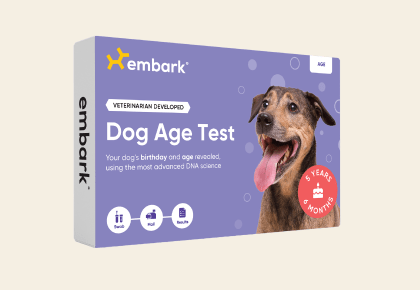L-2-Hydroxyglutaricaciduria, L2HGA
A rare metabolic disorder, L2HGDH encodes the enzyme L-2-hydroxyglutarate dehydrogenase, which breaks down L-2-hydroxyglutarate. Buildup of L-2-hydroxyglutarate is known to induce oxidative stress, though the exact mechanism by which it causes the neurologic symptoms of L2HGA is unknown.
-
Signs and symptoms
Affected dogs can experience seizures, behavior changes, or both. Behavior changes can range from loss of trained behavior to hyperactivity to increased aggression, while seizures can vary in severity and duration.
Affected Staffordshire Bull Terriers present as early as 4 months and as old as 6 years with progressive neurologic symptoms. -
Diagnosis
Definitive diagnosis of L2HGA involves testing blood, urine, cerebrospinal fluid, and/or other fluids and tissues for elevated levels of L-2-hydroxyglutaric acid.
-
Treatment
Currently there is no definitive treatment for L2HGA; rather, the condition is managed with anti-seizure and anti-anxiety medications.
-
What to do if your dog is at risk
Actions
- Please follow your veterinarian's advice and give medication as appropriate. If your dog has evidence of behavioral changes, make sure to take precautions with regard to who can interact with your dog.
-
Genetic Information
L2HGA was first identified in Staffordshire Bull Terriers and so is also known as "Staffy Cramp."
This disease is inherited in an autosomal recessive manner, meaning that affected dogs must have two copies of the mutation to show clinical signs.
Gene names:
L2HGDH ‐ chr
Inheritance type:
recessive
Citations:
-
Breeds affected
This health condition affects the following breeds
Learn about your dog’s unique genetic health
Dog owners
Breed identification, health and trait insights, personalized care recommendations, and the world’s first canine relative finder—all in one leading dog DNA test.
Learn about the report for dog ownersShop the test
Breeding programs
Embark’s test for breeding programs is one comprehensive DNA test designed with your needs in mind.
Learn about the report for breedersShop the test














